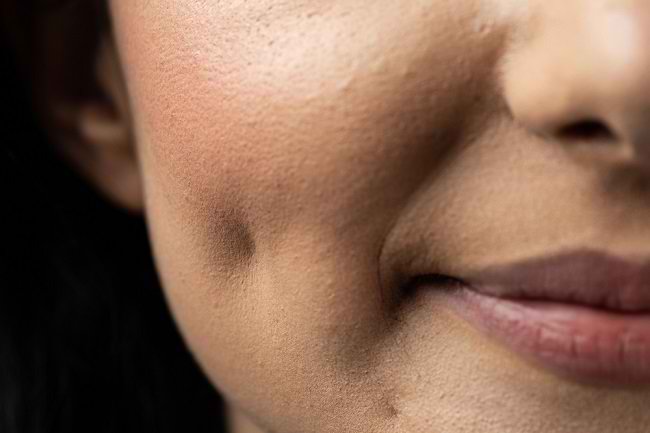Dimple embroidery or dimplettyis a simple operation to create a dimple. Having dimples is considered to beautify the appearance, even some people think it can increase luck. If you intend to do dimple embroidery, first read this article.
Through dimple embroidery, now having dimples is not impossible for people who were not born with dimples but want to have them. Therefore, this type of embroidery is in great demand in recent years.

If you are one of those people who are considering doing dimple embroidery, there are some important things that you need to know in advance, starting from the preparation, procedure, and risks of dimple embroidery.
Preparation Before Dimple Embroidery
There is a series of processes that must be followed before starting dimple embroidery. The first thing you should do is consult with a facial plastic surgeon to discuss the risks and benefits of dimple embroidery.
At this meeting, the doctor will also determine whether you are in good condition to do the embroidery process. The doctor will then determine the optimal placement and depth of the dimple for a natural-looking result. You can even ask for the dimple to be made on one side only for a very natural look.
Usually, the ideal location is the meeting point between the horizontal line from the corner of the mouth and the vertical line from the outer corner of the eye. However, the natural location of the dimples can also be determined based on the length and width of a person's face.
Dimple Embroidery Procedure
Dimple embroidery is done without having to be hospitalized because the process is quite simple and fast. Usually, this procedure also does not require general anesthesia. So, you can go home immediately after the procedure is done.
To create a dimple, the doctor will first apply a local anesthetic to the area of the skin where the dimple will be made so that you don't feel pain during the procedure.
After the anesthetic has worked, the doctor will use an instrument normally used for a biopsy to remove a small amount of muscle and fat in the cheek. Usually, the length of the hole formed is about 2–3 mm. This hole will later become your new dimple.
After making the hole for the dimple, the doctor will close the hole with stitches from one side of the cheek muscle to the other. Finally, the stitches are tied and the dimple is formed.
After dimple embroidery, you may experience some mild swelling for the first 2-3 weeks. To fix this, you can use a cold compress, but usually the swelling will go away on its own.
Most people can return to normal activities 2 days after doing dimple embroidery. However, you usually still need to see a doctor 2 weeks after the procedure to evaluate the results of the dimple embroidery.
Complications That May Occur Due to Dimple Embroidery
Complications of dimple embroidery are actually quite rare. However, there are risks that can occur, such as bleeding, facial nerve damage, swelling and redness, and infection.
If there is excessive bleeding or pus at the embroidery site, see your doctor immediately. This may be a sign of infection. The earlier the infection is treated, the less likely it will spread into the bloodstream and cause further complications.
In addition, scar tissue can also occur and reduce the beauty of your dimples. However, this is very rare, unless you have a tendency to form scar tissue, such as keloids.
You may also not like the results of your dimple embroidery. Therefore, carefully consider everything related to dimple embroidery in advance because the procedure to restore dimples to normal is difficult.
In addition, consult your doctor about the position of the dimple that you really want. Also ask your doctor about how to treat dimple scars so that scar tissue doesn't form.









